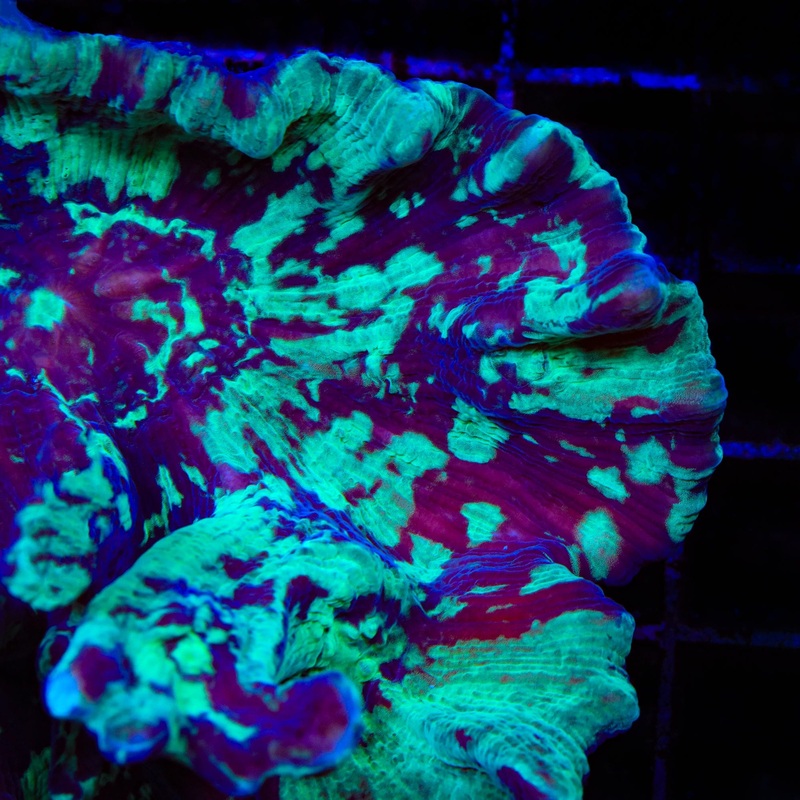 Sale!
Sale! TSA Toxic Avenger Pectinia Coral
- $199.99
- $100.00
Introduction to PectiniaPectinia corals are a unique group of Large Polyp Stony (LPS) corals recognized for their intricate, ruffled skeletal structure and sweeping tentacles. Their distinct, ridged growth patterns create a dramatic appearance in reef tank
- 100% Happiness Backed or Your Money Back
- Free Delivery on 30+ Orders
- 60-Day Hassle-Free Returns
Introduction to Pectinia
Pectinia corals are a unique group of Large Polyp Stony (LPS) corals recognized for their intricate, ruffled skeletal structure and sweeping tentacles. Their distinct, ridged growth patterns create a dramatic appearance in reef tanks, with vibrant color variations including greens, purples, yellows, and oranges.
These corals are generally hardy but require careful placement due to their aggressive nature. They can extend long sweeper tentacles, especially at night, making it essential to provide ample space to prevent them from stinging neighboring corals.
While they can tolerate moderate fluctuations in water quality, stable conditions will promote better growth, polyp extension, and intense coloration. Their ability to adapt to various lighting and flow conditions makes them a great addition to diverse reef systems.
Natural Habitat and Origin
Pectinia corals are found throughout the Indo-Pacific, including regions such as Indonesia, the Great Barrier Reef, and the waters surrounding Fiji. They typically inhabit deeper reef slopes and lagoon environments, where water flow is moderate, and lighting is subdued compared to shallow reef zones.
Unlike some other LPS corals, they have a highly structured skeletal framework with intricate folds and ridges. This unique growth pattern helps them capture nutrients from the water column while also providing shelter for small reef organisms.
In their natural habitat, these corals thrive in nutrient-rich environments, absorbing both dissolved organic matter and particulate foods. Their ability to adapt to different reef conditions makes them a versatile species, though they still require careful management in an aquarium setting due to their aggressive nature.
Water Chemistry
Pectinia corals require stable water conditions to thrive, as fluctuations in key parameters can lead to stress, tissue recession, or poor growth. While they are somewhat tolerant of moderate nutrient levels, maintaining a balanced environment will help support their long-term health and coloration.
Ideal Water Parameters:
- Calcium: 400450 ppm
- Alkalinity: 810 dKH
- Magnesium: 12501350 ppm
- Nitrates: 210 ppm
- Phosphates: <0.10 ppm
- Temperature: 7680F
- Salinity: 1.0241.026
Lighting
Pectinia corals thrive under low to moderate lighting conditions, as they rely on their symbiotic zooxanthellae for energy. While they can adapt to different light intensities, excessive exposure may lead to bleaching, while insufficient lighting can slow growth and dull their coloration.
Lighting Guidelines:
- PAR Range: 75150 for optimal health and coloration.
- Moderate lighting enhances natural fluorescence and promotes steady growth.
- Blue-spectrum lighting brings out vibrant hues, particularly in green and purple varieties.
- Gradual acclimation to new lighting conditions helps prevent stress or tissue damage.
Water Flow
Pectinia corals prefer moderate, indirect water movement, which helps keep their surface clean while allowing delicate tissues to expand fully. Strong, direct currents can cause stress or lead to tissue damage, so placement in an area with steady but gentle flow is ideal.
Water Flow Guidelines:
- Moderate, indirect flow promotes healthy polyp extension and nutrient absorption.
- Strong, direct currents can cause tissue recession or inhibit growth.
- Randomized or oscillating flow patterns help prevent debris buildup and ensure proper gas exchange.
What We Feed
Pectinia corals primarily rely on their symbiotic zooxanthellae for energy but also benefit from supplemental feeding. Providing additional nutrients can enhance their growth, promote better polyp extension, and maintain overall health.
Feeding Guidelines:
- They absorb dissolved organic matter and small particulate foods from the water.
- Phytoplankton strains such as Tisochrysis, Rhodomonas, and Tetraselmis provide additional nutrition.
- Finely ground coral foods like Reef Roids or Benepets can help support growth and coloration.
- Target feeding is not required but can be beneficial in lower-nutrient systems.
Common Challenges
- Tissue Recession: Poor water quality, unstable parameters, or insufficient nutrition.
- Bleaching or Loss of Color: Excessive light exposure or sudden parameter fluctuations.
- Polyp Retraction: Strong, direct water flow or irritation from neighboring corals.
- Algae Growth on Skeleton: High nutrient levels leading to excessive phosphate and nitrate buildup.
- Overgrowth and Aggression: Pectinia corals can develop long sweeper tentacles, stinging nearby corals.
Acclimation Guide
- Temperature Acclimation: Float the bag for 1520 minutes to equalize temperature.
- Drip Acclimation: Slowly mix tank water over 3045 minutes.
- Lighting Acclimation: Start in a low to moderate light area and increase gradually.
- Placement: Secure on a stable rock structure with moderate water flow and adequate spacing from other corals.
Cost:
$25
Free Shipping:
We offer free shipping on orders over $30. Please check the free - shipping eligibility at checkout.
Delivery Time:
It usually takes [3-5] business days for standard shipping. Please note that this is an estimated time frame and may be affected by local holidays, and unforeseen circumstances.


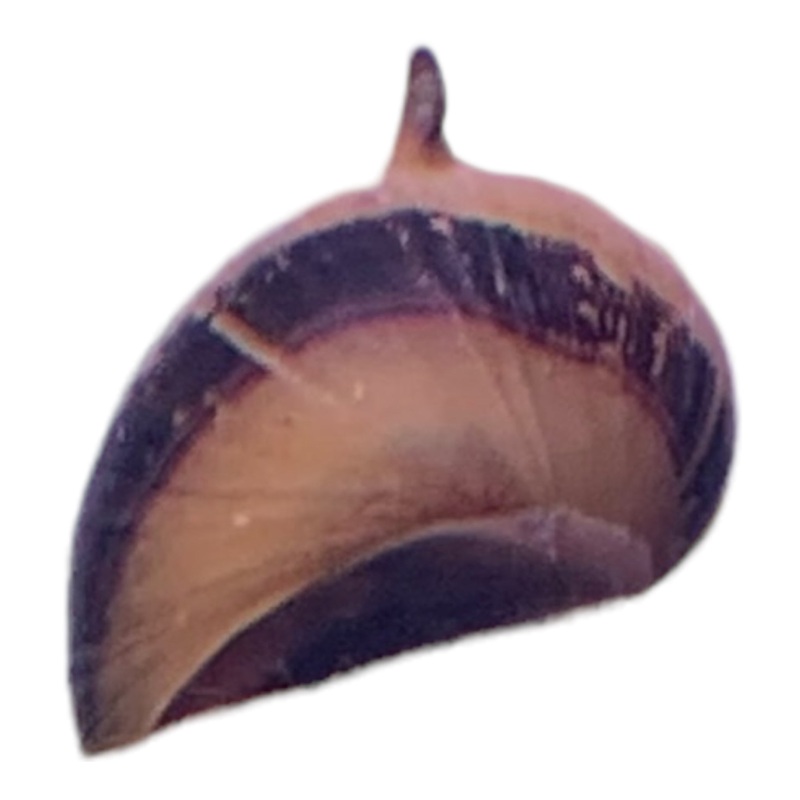
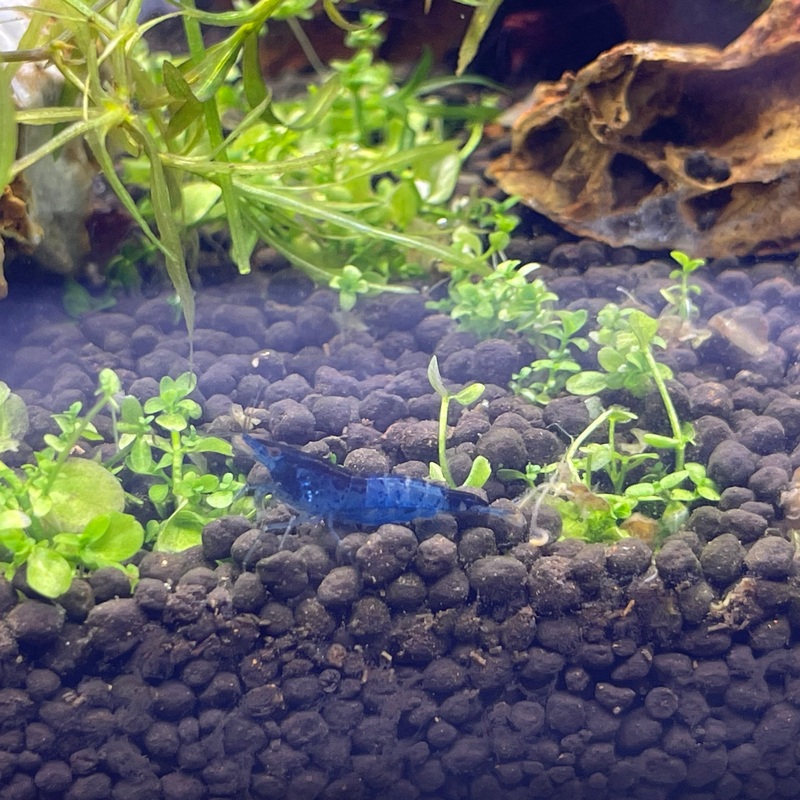
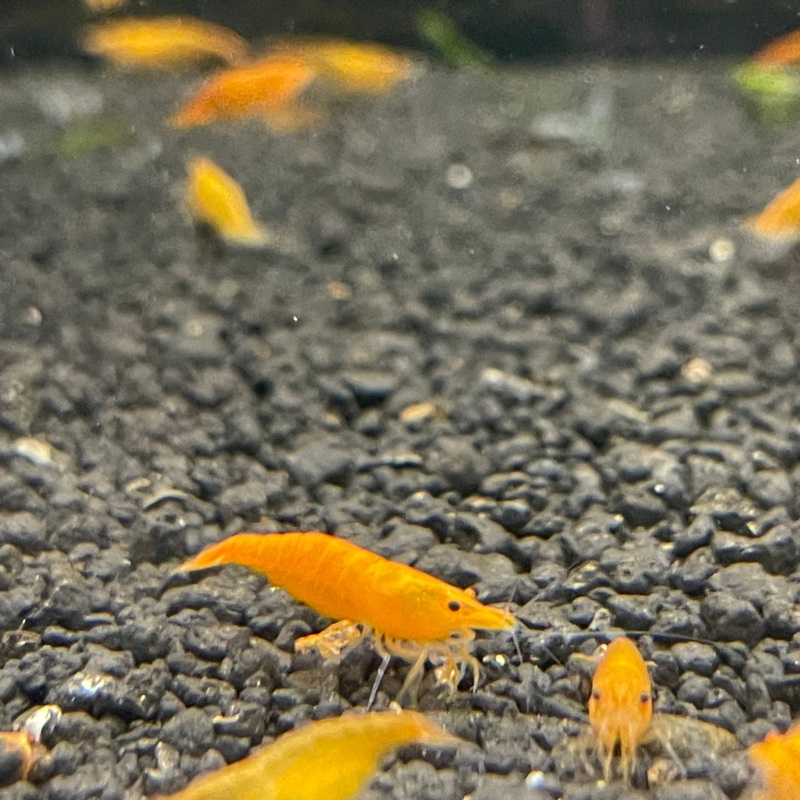
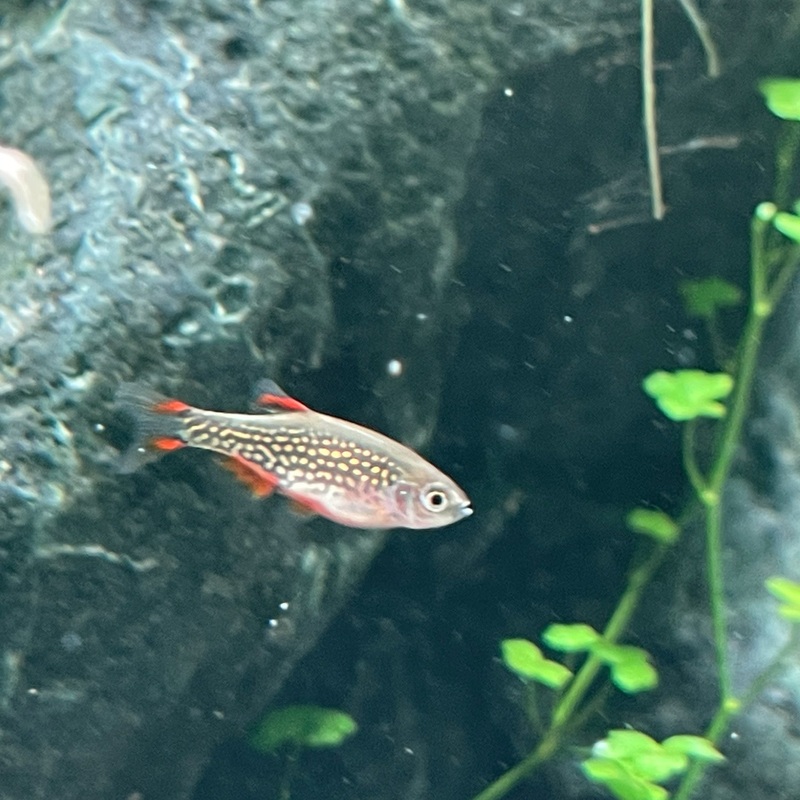
Reviews
There are no reviews yet.